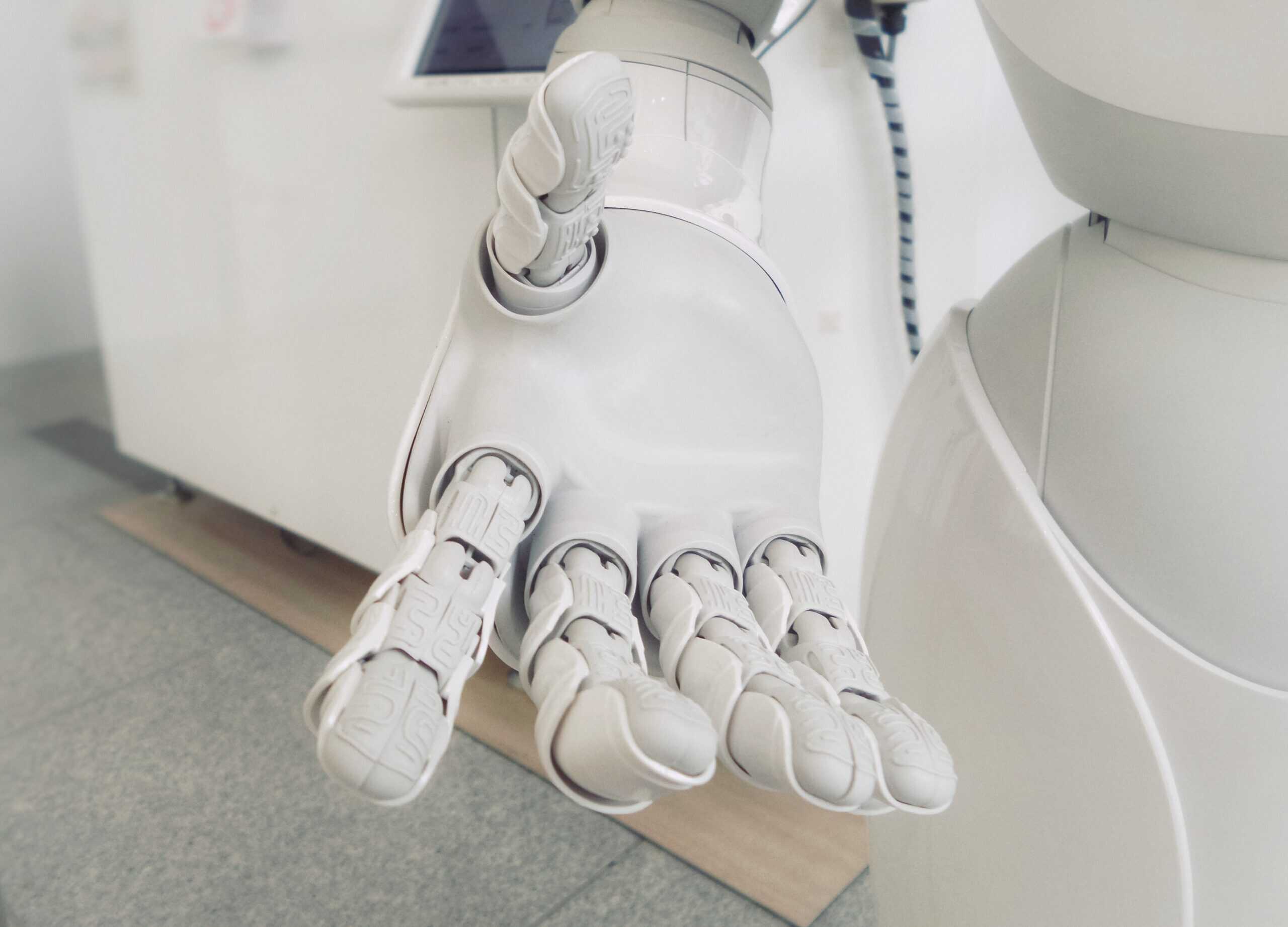The executive order recently issued by the White House addressing artificial intelligence (AI) represents a pivotal moment in the government’s endeavor to navigate a rapidly evolving technology landscape. While the order encompasses various facets of AI, it holds several significant implications for employers.
In this article, we’ll provide a comprehensive analysis of the “Executive Order on Safe, Secure, and Trustworthy Artificial Intelligence,” offering a deeper understanding of the ten critical aspects that all employers should consider.
1. Government agencies must act — but there are no new laws.
The executive order doesn’t make new laws for private companies, but it’s still important for them to consider. It tells government agencies to do certain things like set up new departments, put in charge Chief AI Officers in these agencies, and start a White House AI Council to manage AI projects in the government.
2. The focus is on AI job disruption.
The escalating concern about job displacement attributed to AI, often termed as FOBO (Fear of Becoming Obsolete), is a palpable challenge facing the workforce.
The executive order recognizes that people are worried about how AI might affect jobs. It encourages companies to think about their employees’ rights when they use AI at work. The Department of Labor has to make a plan to stop unfair job losses caused by AI and help workers who are affected by these changes. Also, the Council of Economic Advisors must write a detailed report in 180 days about how AI is changing jobs. This report will probably lead to new rules in the future.
3. All eyes on job discrimination.
The executive order assigns a significant emphasis on preventing employment discrimination resulting from AI utilization.
Federal agencies are mandated to take specific measures, including the creation of formal guidance by the Department of Labor. This guidance will underscore the imperative that AI must not be used to unlawfully surveil employees or their productivity, contravening existing civil rights laws. The order explicitly stipulates that AI should not be employed for unwarranted workplace surveillance. In tandem, the Department of Justice is tasked with devising an AI-focused plan for federal officials responsible for investigating and addressing employers implicated in alleged civil rights violations linked to AI. Investigators within the Department of Labor, Department of Justice, and other federal agencies will receive specialized training to effectively scrutinize alleged AI-related civil rights violations. The Office of Federal Contract Compliance Programs (OFCCP) is also mandated to draft guidance delineating how federal contractors can steer clear of job discrimination when leveraging AI for employment-related purposes.
4. Data privacy is a main concern.
In the realm of AI in employment, data privacy is always an overarching concern.
The executive order deals with how AI technology needs a lot of data to work well. It stresses the need for safe ways to store, move, and use this data. The order suggests that the government should help develop methods that let AI learn from data without risking people’s privacy. It also asks government agencies to strengthen privacy protections for individuals. The government is tasked with rethinking how it handles personal information and creating new rules to keep this data safe.
5. AI growth fueled by immigration reform.
The executive order harbors ambitious goals concerning immigration reform to attract foreign national workers possessing technical expertise.
This reform is about making it easier for skilled workers in technology to get visas, green cards, and permission to work in the United States. At the same time, the order asks the Department of Labor to gather information from companies about their need for skilled workers from other countries. This information will help immigration officials decide how to approve foreign workers, matching the workforce needs with immigration rules and helping to advance the AI industry.
6. Protecting copyrighted materials.
One of the prevalent concerns in the AI landscape revolves around inadvertent use of copyrighted information in AI-generated content.
AI platforms, such as text generators and image creators, may inadvertently replicate copyrighted material, potentially leading to legal complications and reputational damage. The executive order acknowledges this concern and beckons leaders of the Copyright Office to deliver recommendations to safeguard the source material and prevent AI-generated content from utilizing copyrighted materials without proper authorization. Government officials are also mandated to draft guidelines for tech companies to responsibly and legally train their AI models without infringing upon copyright protections. Additionally, the order stipulates the creation of fresh standards for “watermarking,” a process enabling companies to label content created by AI, thereby ensuring transparency and accountability for all stakeholders.
7. Boost for Manufacturing.
The executive order recognizes how important high-tech manufacturers, especially those making semiconductors, are to the AI revolution. It supports the semiconductor industry by making sure small businesses get a fair amount of government money from the CHIPS and Science Act. The goal is to prevent only a few big companies from controlling chip manufacturing, and instead, create a varied and competitive market. Small businesses in this field will get benefits like mentoring, workforce training, money for growth when needed, and access to lots of data to help them compete in high-tech manufacturing.
8. Added protections for the financial services industry.
The executive order requires the Department of the Treasury to create a report that focuses on how the financial services industry can handle cybersecurity challenges caused by AI. This industry is particularly worried about cybercrimes and keeping data safe in the age of AI. The detailed report, due by the end of March 2024, will offer financial institutions advice on how to protect their operations in the AI environment.
9. Regulation for Big Tech.
There’s growing support for AI regulation among leaders in the U.S. AI industry, especially Big Tech companies. At the first Senate AI Forum, all participants agreed that government involvement in AI regulation was necessary. Now, their wishes are becoming a reality. An executive order will soon make Big Tech companies follow certain rules for accountability in their AI operations. The Department of Commerce is responsible for making rules that require companies with powerful AI platforms to regularly report how they protect their technology from foreign threats and other harmful entities. If foreign groups use American tech for AI training, these companies must inform the government for monitoring and evaluation.
Additionally, Big Tech companies will have to conduct “red team” exercises, which are critical safety tests before launching new AI products. They also need to inform government officials about any upcoming AI product releases. The Federal Trade Commission is developing rules to prevent antitrust issues in the AI field. These rules will lead federal officials to examine and correct any market behavior that limits competition. The main aim is to protect not just smaller businesses but also consumers.
Looking Ahead
The executive order represents the subsequent phase in the Biden administration’s comprehensive strategy to address the challenges and opportunities presented by the current AI landscape. However, it’s pivotal to recognize that the executive order alone cannot generate novel laws for private sector businesses. Its efficacy hinges on the implementation of rules by federal agencies, which are anticipated to commence emerging as early as the upcoming month and continue evolving through the majority of 2024.
Moreover, the executive order also implores Congress to take action.
Specifically, the order encourages federal lawmakers to pass bipartisan data privacy legislation, an objective that has persisted for several years without imminent progress. While the pursuit of AI-related legislation may continue, substantial legislative modifications from Capitol Hill are not anticipated in the immediate future.
What to Do Next
The White House’s executive order on artificial intelligence marks a significant milestone in the government’s mission to regulate and oversee the evolving AI landscape. Employers should vigilantly monitor developments related to AI regulations, as these will undoubtedly influence various aspects of the workplace.
For specific inquiries or guidance concerning immigration, manufacturing, or financial services, it is advisable to consult with experts or legal counsel possessing proficiency in these domains. Staying informed and subscribing to reputable sources is essential to ensure that you are updated on the latest information regarding AI and its impact on the workplace.




